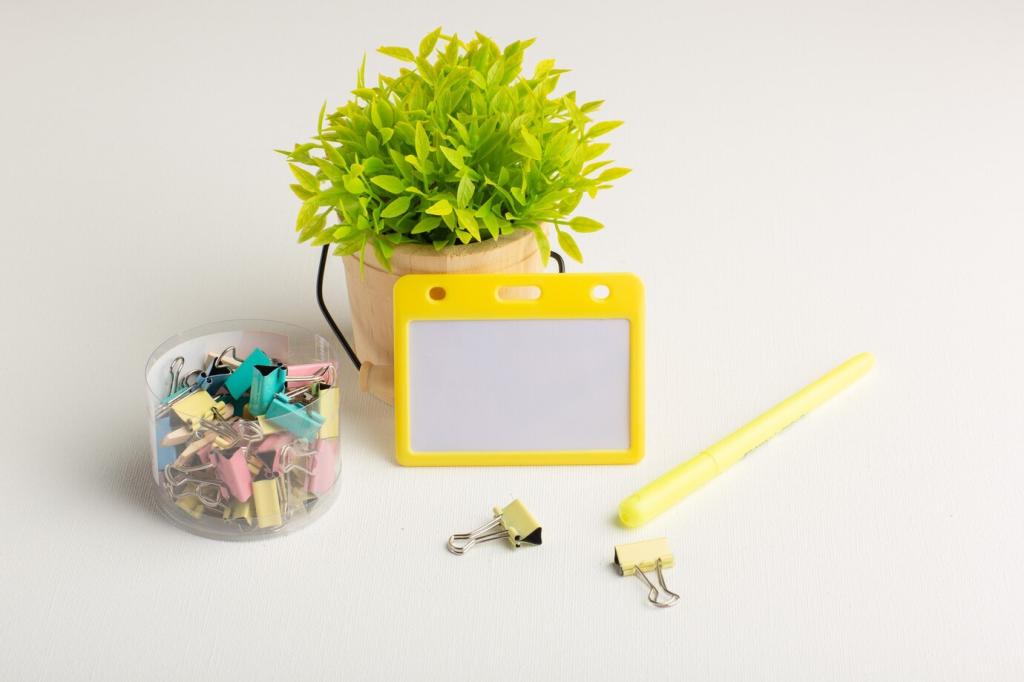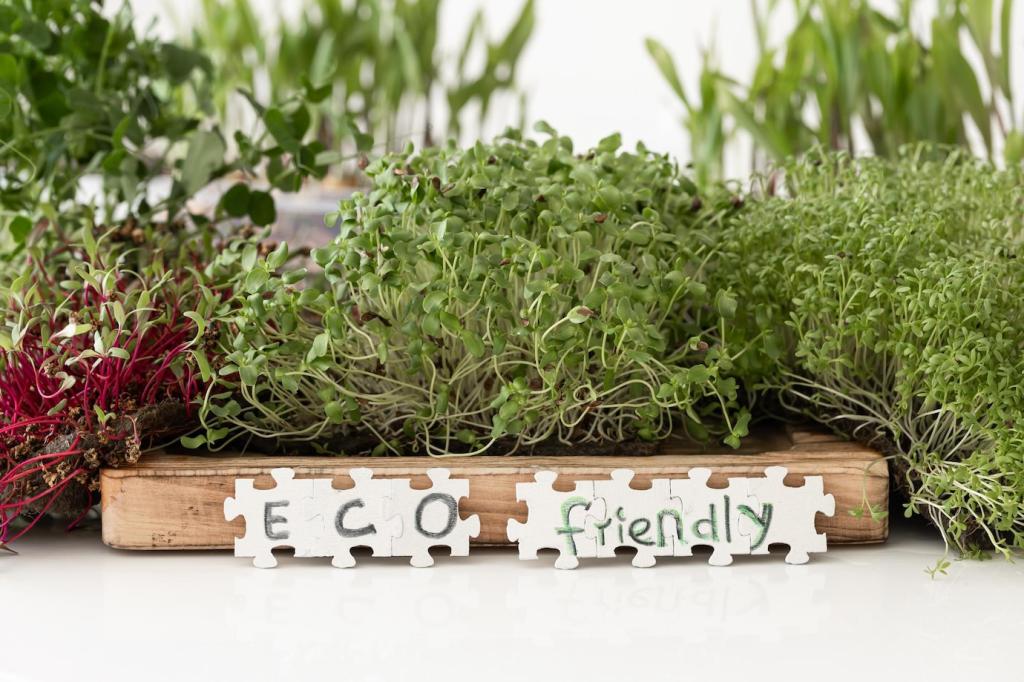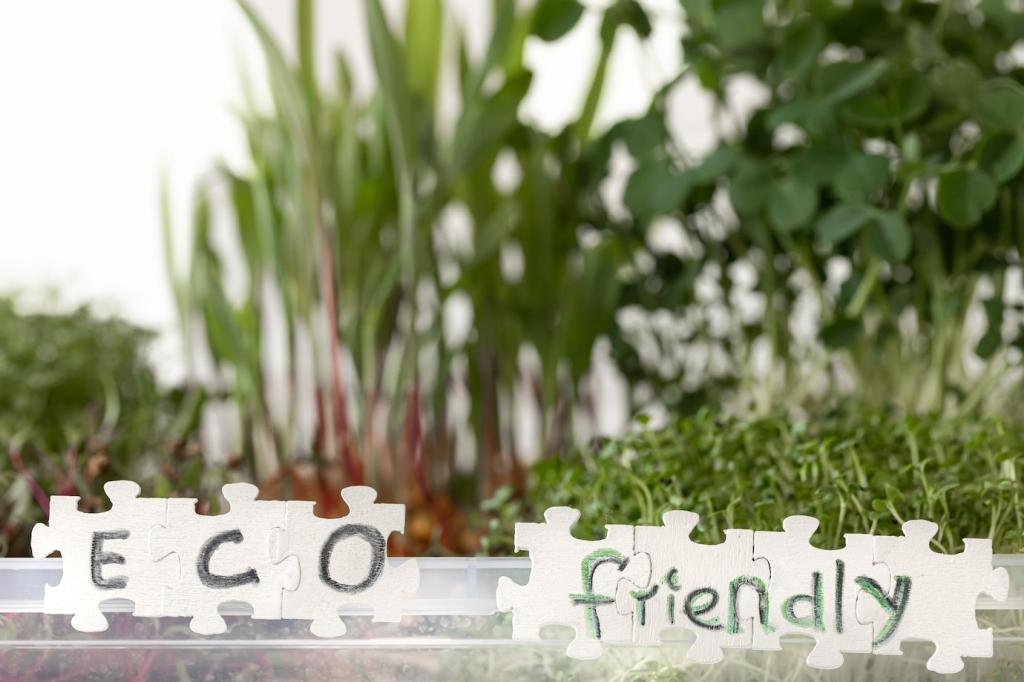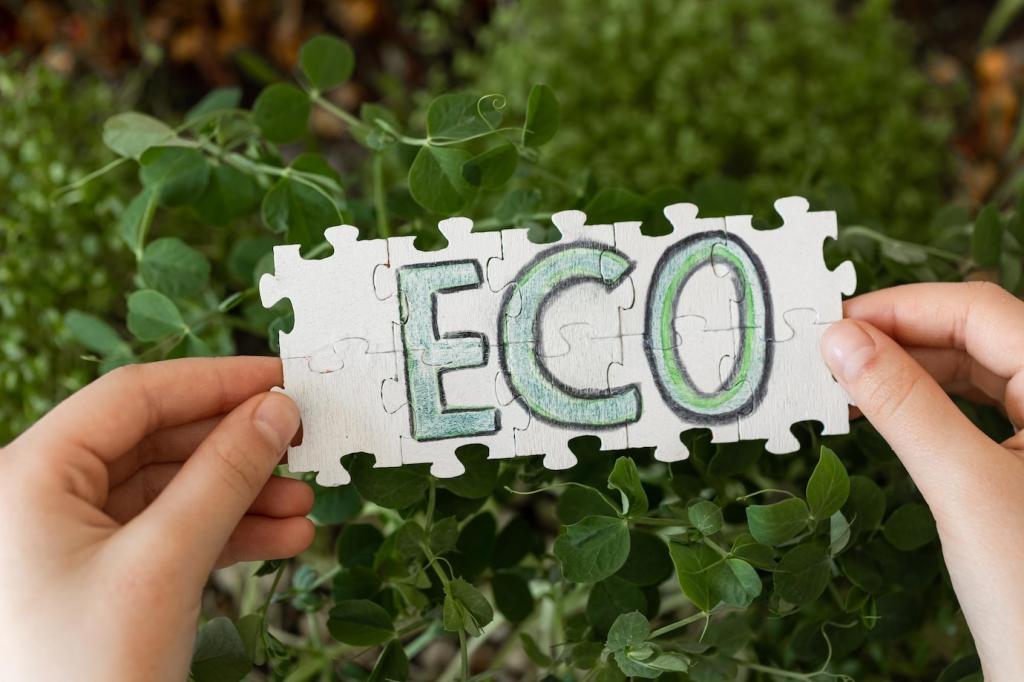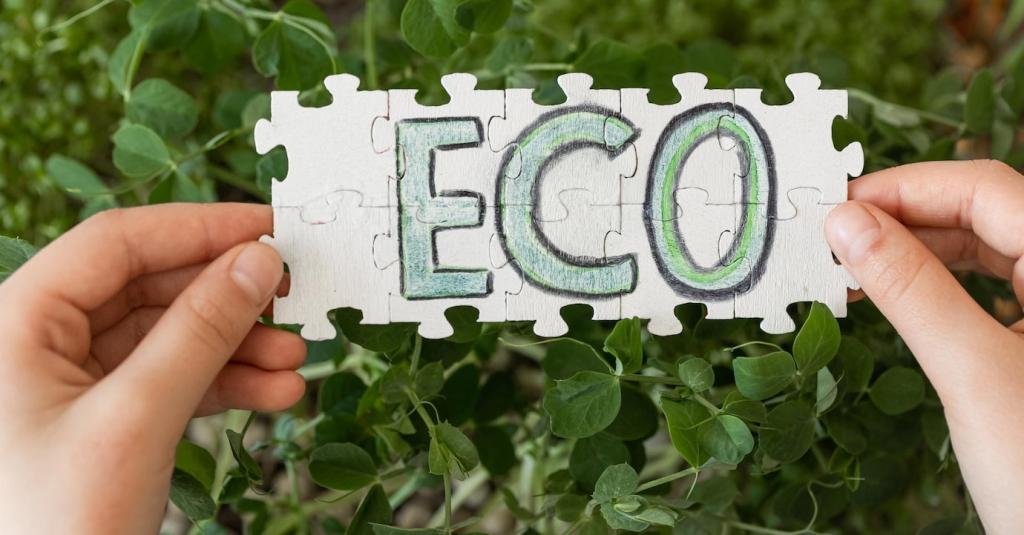Finding Your Authentic Sustainability Narrative
Start with what genuinely matters to your operations—energy, packaging, labor—and translate those priorities into human stakes. Who benefits, who participates, and who will notice? Grounding the narrative in lived outcomes prevents empty claims and invites genuine conversation with your community.
Finding Your Authentic Sustainability Narrative
Share the starting line, not just the finish. Outline where you are, what milestones lie ahead, and how people can track progress. Publishing a roadmap with dates and targets invites accountability and encourages readers to subscribe for milestone updates.



